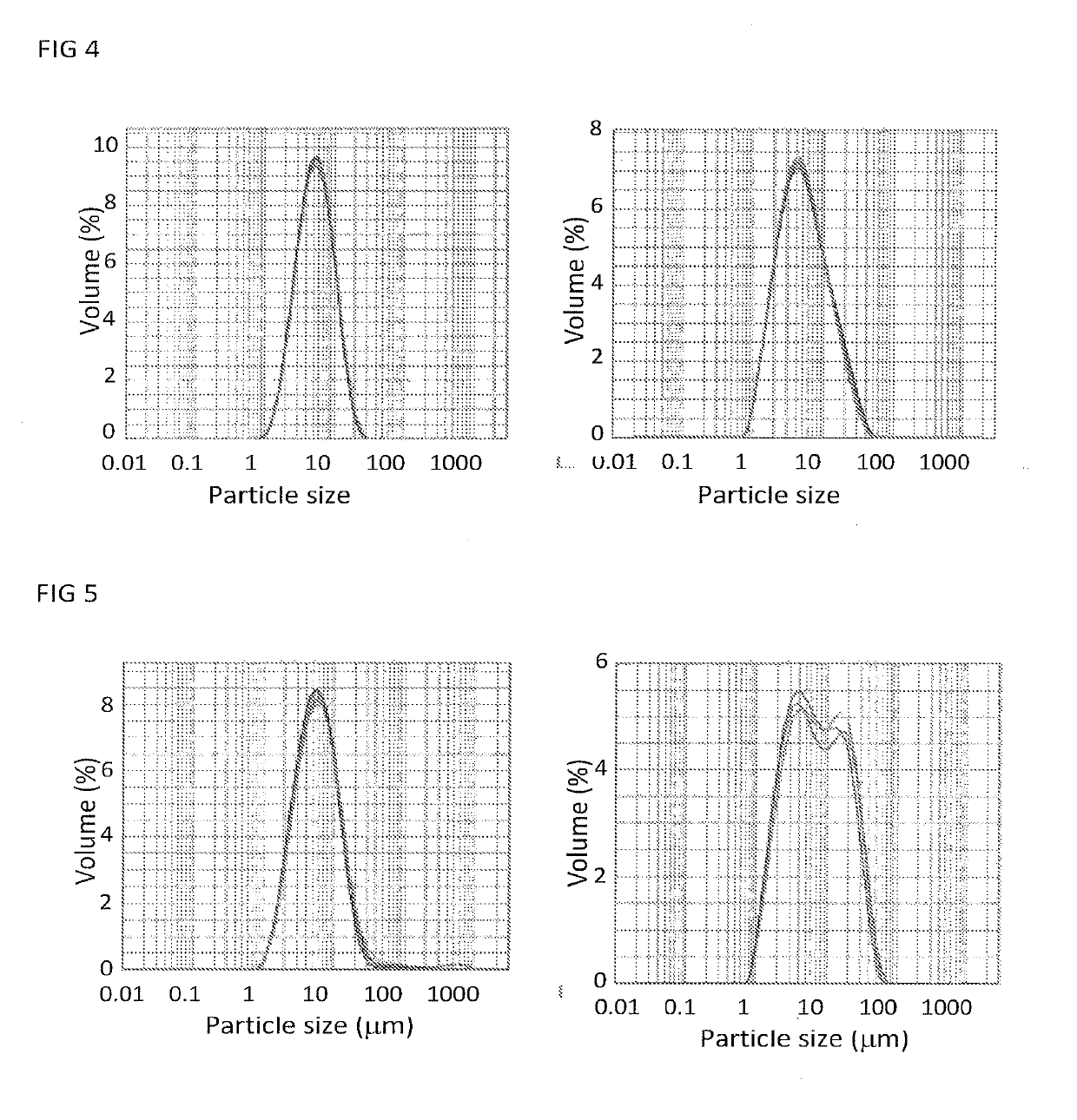Surfactant composition
a technology of composition and surfactant, applied in the field of surfactant composition, can solve the problems of increasing the solubility of surfactant, low solubility of surfactant, and practically useless surfactant in many applications
- Summary
- Abstract
- Description
- Claims
- Application Information
AI Technical Summary
Benefits of technology
Problems solved by technology
Method used
Image
Examples
examples
Thermal Physical Stability, Solubility and Krafft Point
[0084]Over the course of extensive studies, solutions comprising a C16G8 / 14 mixture were found never to produce any precipitate, not even when stored under refrigerated conditions (2° C.) for years. This means that the Krafft point of both C16G8 and C16G14 is below 2° C. This value is compared with other alkylglycosides [11,12,13] in Table 1. Similarly, polydisperse mixtures of C16-18G4-20 were found to be soluble at room temperature, and not to produce a precipitate when stored under refrigerated conditions for extended periods of time (Table 1).
[0085]In order to determine the Krafft point of a C16-18G1-20 mixture as a function of the average head-group length, the following experiment was conducted: By chromatography, C16-18G1-20 was split into two fractions: C16-18G1-3 and C16-18G4-20. The Krafft temperature of each fraction was determined and found to be 35-40° C. and 16-18G1-3 was blended into C16-18G4-20 in increasing amou...
PUM
| Property | Measurement | Unit |
|---|---|---|
| Krafft point | aaaaa | aaaaa |
| Krafft temperature | aaaaa | aaaaa |
| Krafft temperature | aaaaa | aaaaa |
Abstract
Description
Claims
Application Information
 Login to View More
Login to View More - R&D
- Intellectual Property
- Life Sciences
- Materials
- Tech Scout
- Unparalleled Data Quality
- Higher Quality Content
- 60% Fewer Hallucinations
Browse by: Latest US Patents, China's latest patents, Technical Efficacy Thesaurus, Application Domain, Technology Topic, Popular Technical Reports.
© 2025 PatSnap. All rights reserved.Legal|Privacy policy|Modern Slavery Act Transparency Statement|Sitemap|About US| Contact US: help@patsnap.com



